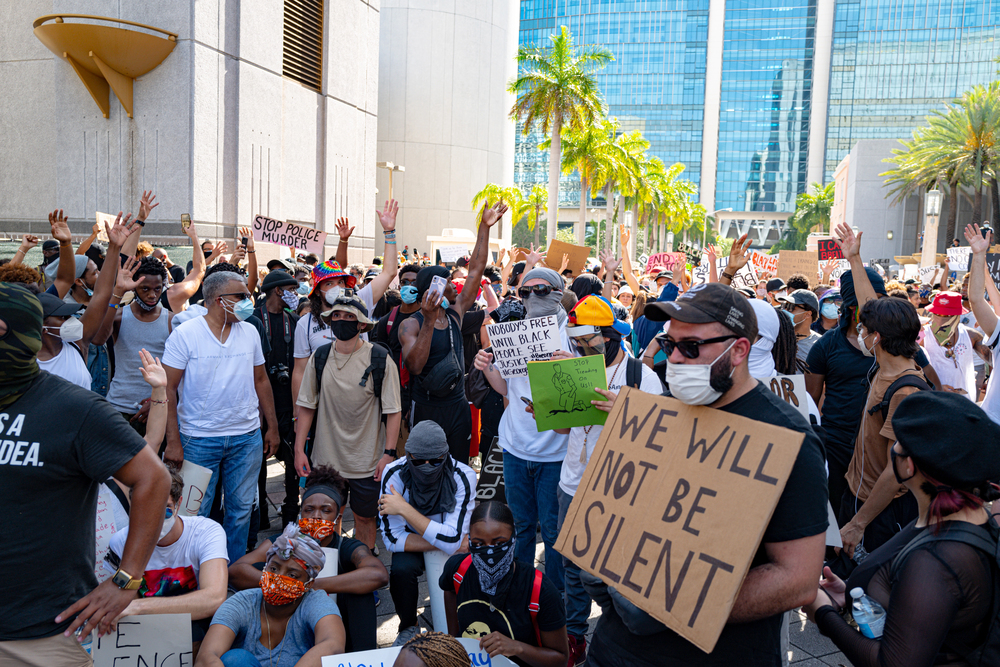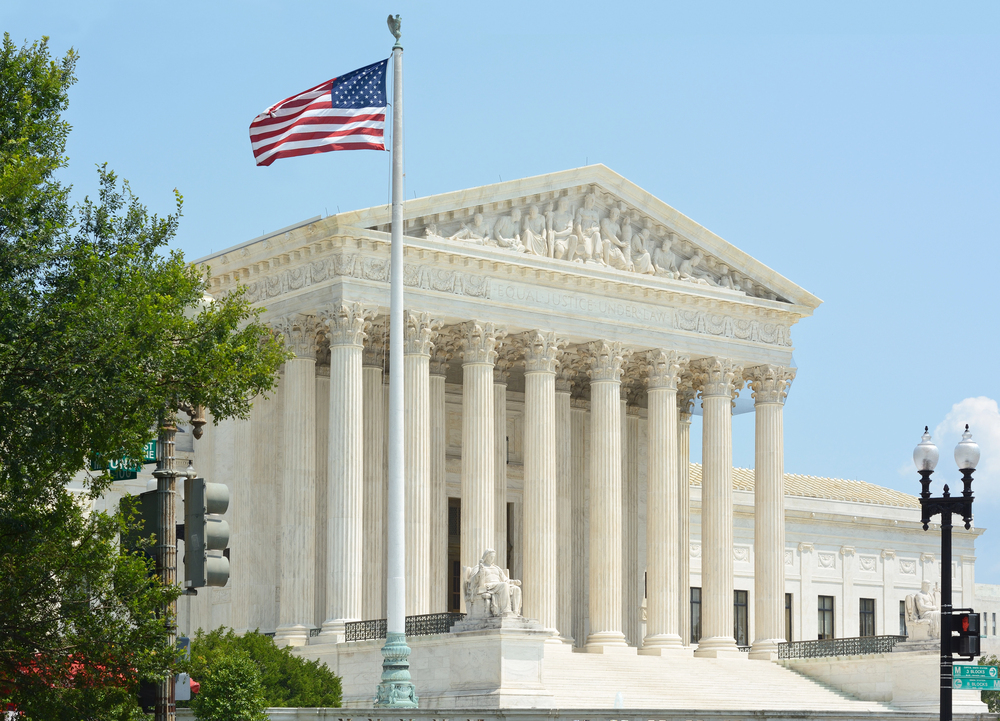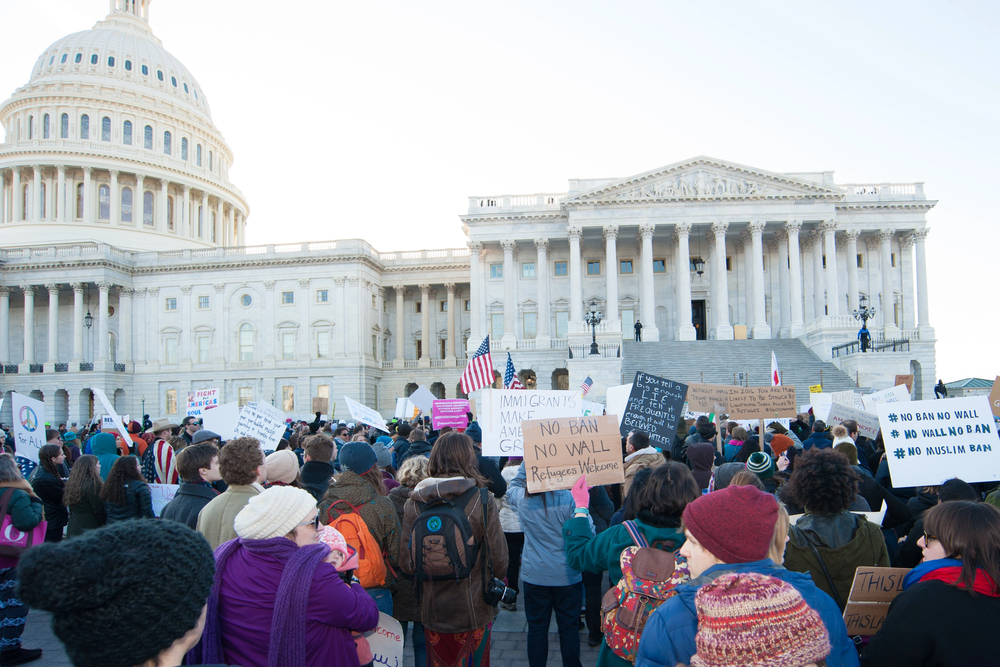
Executive power is no magic wand, even for the president. That’s the word reverberating from Judge Randolph Moss’s recent decision, which just delivered a tectonic blow to President Trump’s border war effort. It’s not another court soap opera; it’s a turning point in the future of asylum, the rule of law, and the very limits of presidential power.

For readers who are civically involved and legal advisors, the stakes are as high as they can be. The decision does more than impact policy wonks or attorneys; it decides the fate of families along the border, the extent of Congress’s authority, and the restraints that maintain checks on executive action. Here is what you should know about the decision, the legal fireworks, and what is next.

1. Judge Moss Draws a Line: No Presidential Override of Congress
Judge Randolph Moss didn’t beat around the bush: President Trump’s executive order shutting down asylum claims on the southern border was over the line. Moss declared that the president is not able to override legislation enacted by Congress through sweeping new policy, saying, “Trump lacks the inherent constitutional authority to supplant federal statutes governing removals.” He cautioned that to hold otherwise would make much of the Immigration and Nationality Act (INA) “simply optional” a situation that would reverse the balance of power within U.S. government.
This ruling is a potent reminder that even during times of crisis, the powers of the president are not absolute. As Moss summarized, “An appeal to necessity cannot fill that void.” For lawyers watching the legal community, this ruling is a textbook demonstration of separation of powers and an indication that the courts are paying close attention to executive overreach.

2. The “Invasion” Argument Falls Flat in Court
Trump’s order branded the southern border crisis as an “invasion” and invoked emergency authority. But other federal courts and Judge Moss weren’t buying it. In a comprehensive 128-page opinion, Moss explained that the Constitution or the INA doesn’t grant the president the power to establish an “alternative immigration system” that trumps Congress’s regulations.
He indicated that so-called Invasion Clause in Article IV of the Constitution is largely a legislative prerogative, not a blank check for the president. As described in legal commentary, Moss said, “Congress plays the primary role in crafting the governing rules.” The court’s dismissal of the “invasion” theory sets a precedent for future efforts to evade settled law with emergency phrasing.

3. Broad Impact: Who’s Affected by the Decision?
This is not simply a victory for a few plaintiffs. The decision benefits all people now in or coming to the U.S. who would have been caught by Trump’s asylum ban. Judge Moss certified a class of all those affected by the executive order, so families and single adults both have the right to apply for asylum.
A 14-day delay allows the administration time to appeal, but for the moment, the ruling stops deportations in their tracks and reinstates safeguards for individuals escaping violence or persecution. As immigration analysts point out, the decision guarantees ongoing access to U.S. and international protections such as the Convention Against Torture during the course of the judicial struggle.

4. The ACLU’s Legal Playbook: Decades in the Making
The American Civil Liberties Union (ACLU) has been waging battles for asylum rights for decades, and this win is the culmination of a long series of court battles. From taking on expedited removals to preventing family separation policies, the ACLU has pursued a strategy of leveraging the courts to uphold due process and equal protection for all, irrespective of immigration status.
As ACLU lawyer Lee Gelernt explained to ABC News, “The decision is vital for individuals escaping horrific harm and confirms that the president in our constitutional structure can’t simply show his backside to laws enacted by Congress.” This case reminds us of the strength of consistent civil rights activism in informing national policy.

5. The Real-World Stakes: Families, Safety, and Due Process
Behind the constitutional claims stand actual human beings families fleeing violence, persecution, and torture. The Trump policy would have deprived them of even the opportunity to make their case. Judge Moss highlighted the human cost, deeming a “substantial possibility” that the policy would have “effectively deprive[d] tens of thousands of individuals of the lawful processes to which they are entitled.”
The ruling means that asylum seekers many of whom are children and parents can once again invoke the protections Congress has provided. As Keren Zwick of the National Immigrant Justice Center said, “The right to seek asylum is a fundamental protection provided by Congress and ingrained in U.S. law for decades.”

6. Executive Power on Trial: Lessons from Trump v. Hawaii
The 2018 Supreme Court ruling in Trump v. Hawaii broadened presidential power over immigration, but federal courts are now outlining firmer limits. While the high court was reluctant to intrude into national security rationale, it was made clear by Judge Moss’s ruling that the president may not utilize emergency authority to circumvent clear congressional directives particularly those that shield vulnerable groups.
Legal experts contend that the INA’s elaborate system “keeps executive power in check,” and that attempts to “trump specific provisions of the INA” will likely be invalidated. This decision may have a bearing on future cases in which executive orders conflict with established law, reminding all three branches that checks and balances are very much in place.

7. What’s Next? Appeals, Uncertainty, and the Road Ahead
The Trump administration has 14 days to appeal, and the fight is not yet over. White House officials have already termed the decision “politically driven” and an appeal to the D.C. Circuit is anticipated. While they wait for more battle in the courts, advocates are well aware that the fate of thousands is at stake.

For engaged citizens, this is a time to pay attention. The result will establish the tone for executive authority, congressional power, and the rights of immigrants in 2025 and thereafter. As history has demonstrated, zealous judicial monitoring is needed to ensure the country’s fundamental principles.
The most recent court decision isn’t a headline, it’s a reminder that in America, the rule of law and the rights of the weak still hold. For lawyers watching and advocates, it’s verification that the struggle for checks and balances continues, and each choice constructs the nation’s future. Stay tuned: the next page in this high-stakes legal drama is only just starting.


